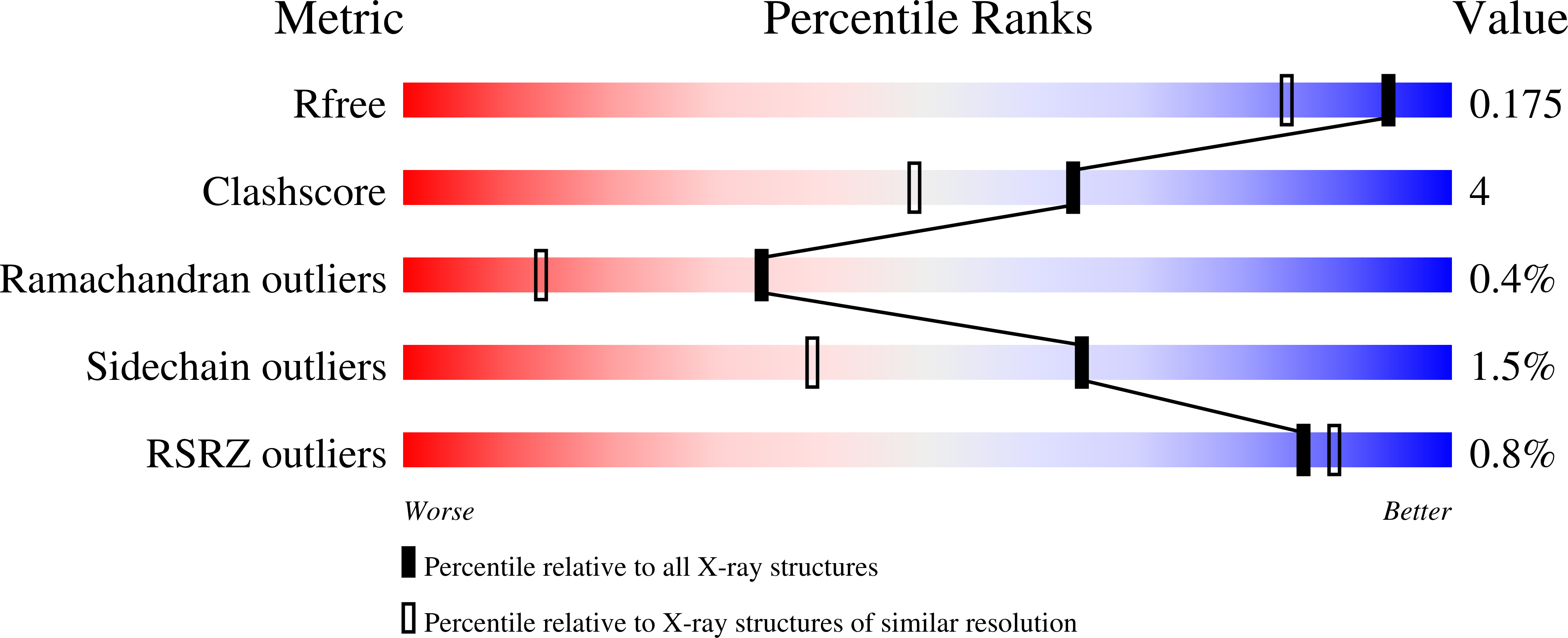
Deposition Date
2009-06-16
Release Date
2010-05-26
Last Version Date
2024-05-29
Entry Detail
PDB ID:
3HVF
Keywords:
Title:
X-ray crystallographic structure of CTX-M-9 S70G in complex with hydrolyzed benzylpenicillin
Biological Source:
Source Organism:
Escherichia coli (Taxon ID: 562)
Host Organism:
Method Details:
Experimental Method:
Resolution:
1.50 Å
R-Value Free:
0.17
R-Value Work:
0.14
R-Value Observed:
0.14
Space Group:
P 1 21 1


